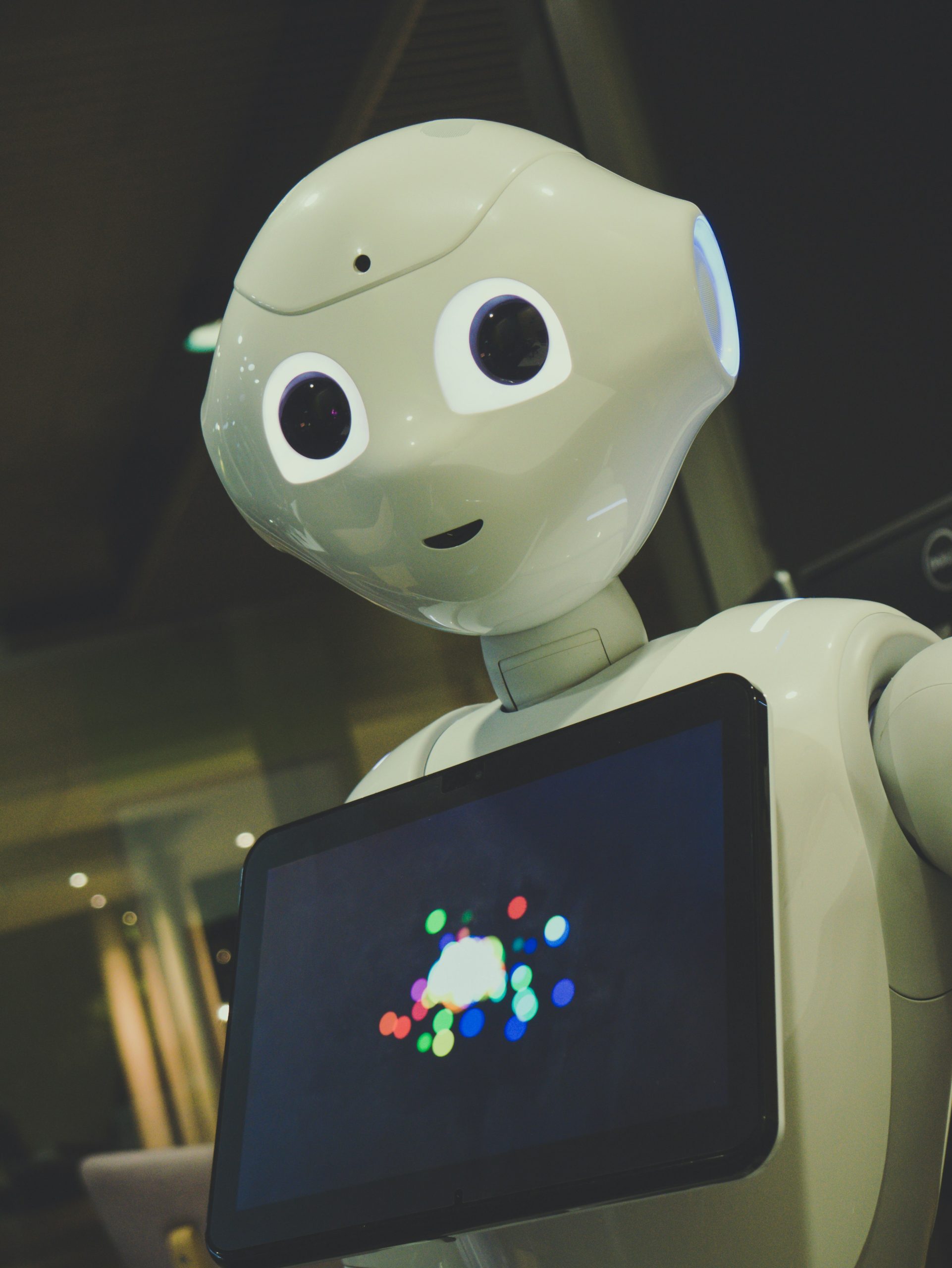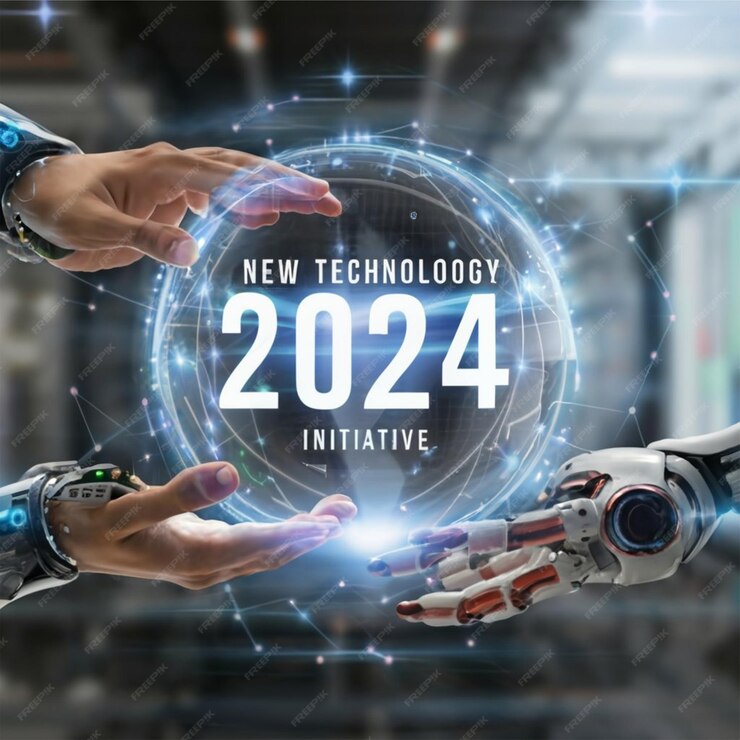Artificial Intelligence (AI) and Machine Learning (ML) are two buzzwords that often make their way into our daily tech and business discussions. These terms are often used interchangeably, but although they share similarities, they are not the same. To truly understand their value and their distinctions, let’s dive into what each term really means.
Definition of Artificial Intelligence (AI)
Artificial Intelligence, often referred to as AI, is a broader concept that implies the capability of a machine or a computer to imitate intelligent behavior. It is about designing machines that can think like humans. AI systems can:
– Learn from experience
– Adjust to new inputs
– Perform tasks traditionally requiring human intelligence such as visual perception, speech recognition, decision-making, and even language translation.
Definition of Machine Learning (ML)
On the other hand, Machine Learning (ML) is a subset of AI that focuses on the ability of machines to receive a set of data and learn for themselves, changing algorithms as they learn more about the information they’re processing. ML systems can:
– Identify patterns in data
– Learn from them
– Make predictions or decisions without being specifically programmed to perform the task.
To sum it up, all Machine Learning is AI, but not all AI is Machine Learning.
Key Concepts of Artificial Intelligence

Artificial intelligence (AI) is a broad field of computer science that focuses on creating smart machines capable of performing tasks that, until now, required human intelligence. These tasks may include problem-solving, recognizing speech, interpreting complex data, engaging in social interactions, and more.
Overview of AI Technologies
AI technologies extend to multiple areas. Some of these technologies include machine learning (where the machines learn from data), natural language processing (computers understand and respond to human language), expert systems (machines that mimic human expertise in a particular field), speech recognition (enabling computers to understand and react to verbal commands), and robotics (designing machines that can replicate human actions).
Examples of AI Applications
AI is involved, in one form or another, within nearly every industry today. Here are some examples:
– Healthcare: AI can help doctors diagnose diseases, predict patient outcomes, and automate administrative tasks.
– Retail: AI can personalize customer experiences, predict future buying patterns, and manage inventory.
– Manufacturing: AI enhances efficiency through predictive maintenance and real-time monitoring of the production process.
– Automotive: From navigation systems to autonomous vehicles, AI is revolutionizing the auto industry.
Remember, these examples merely touch on the breadth of AI’s capabilities. As we continue to innovate, the possibilities are virtually endless.
Key Concepts of Machine Learning
Machine Learning (ML) is a subset of artificial intelligence that provides systems with the ability to learn and improve from experience without explicitly being programmed. The key idea is to build algorithms that can receive input data and use statistical analysis to predict an outcome while updating outputs as new data becomes available.
Overview of ML Technologies
Today, there are numerous ML technologies being utilized across various industries. These technologies range from Supervised Learning, where algorithms learn from labeled data to predict outcomes, to Unsupervised Learning, where algorithms learn from unlabelled data and find hidden patterns. There is also Reinforcement Learning where an agent learns to behave in an environment, by performing certain actions and observing the results.
Examples of ML Applications
* Healthcare: Predictive analytics in healthcare allows for better patient care.
* Finance: Machine learning is used in predicting the stock market trends.
* Marketing: ML helps in understanding customer’s purchasing behavior and predicting the future trends.
* Transportation: Self-driving cars use machine learning to navigate and respond to real-world situations.
In conclusion, machine learning is an exciting field that’s enhancing our capabilities in numerous areas by providing systems with the ability to learn and improve.
Differences Between Artificial Intelligence and Machine Learning

Artificial Intelligence (AI) and Machine Learning (ML) have become buzzwords in today’s high-tech world, but what exactly are they and how do they differ?
Definition and Scope
Artificial Intelligence and Machine Learning, although intertwined, are not interchangeable terms. AI is the broader concept of machines mimicking human intelligence, decision-making, and problem-solving skills. It encompasses anything from speech recognition to self-driving cars. Conversely, ML is a subset of AI that involves teaching a machine how to learn by itself.
• AI aims to create a smart system that can perform any intelligent task a human can do.
• ML focuses on the concept of allowing machines to learn from data without being explicitly programmed.
Approach and Methodology
The methodology also sheds light on the difference between AI and ML. While AI works on creating machines that can simulate intelligent behavior, ML algorithms are designed to ‘learn’ from data and make predictions or decisions without explicit programming.
• In AI, the emphasis is on programming intelligence into systems.
• In Machine Learning, the goal is to feed machines with piles of data and let them learn from it.
There’s no denying that these two concepts are revolutionizing industries and transforming the technology we use everyday. Knowing the difference between them helps us appreciate their unique capabilities and potential impacts.
The Relationship Between Artificial Intelligence and Machine Learning

When we explore the landscape of advanced technology, two terms that often come up are Artificial Intelligence (AI) and Machine Learning (ML). These two entities intersect, intertwine, and even depend on each other in many ways. Let’s delve deeper into this relationship.
How ML is a subset of AI
In a broad sense, AI encompasses any computer system designed to mimic human intelligence. This might mean understanding natural language, recognizing patterns, making decisions, and more. But within this grand arena, how do we achieve such capabilities? Here’s where ML steps in.
– Machine Learning, by definition, is a technique of data analysis that automates analytical model building.
– It is an application or rather a subset of AI that allows the systems to learn and improve from experience automatically without being explicitly programmed.
How AI relies on ML
AI concept bases largely on the premise of learning from experience, adapting to new inputs and performing human-like tasks. Much like children, AI systems learn from their experiences. They accumulate knowledge over time, and use that knowledge to react to the world – all possible with the help of machine learning.
– ML Algorithms are used to feed data to the AI model and iterate on its previous processes, refining its outcome each time.
– AI, therefore, leans on ML, enabling learning from data inputs and improving over time to achieve greater levels of intelligence.
In conclusion, while AI is the philosophy, ML is the method. Their symbiotic relationship is propelling forward our technological future.
Applications of Artificial Intelligence

Artificial Intelligence (AI) has quickly established its roots in the global ecosystem, providing countless new opportunities and benefits across a plethora of industries. From automating mundane tasks to making complex decisions, AI technology is reshaping the way organizations function and evolve.
Industries benefiting from AI
AI is making strides in various sectors like healthcare, automotive, retail, and finance, to name a few.
– In healthcare, AI is being used for predicting diseases and personalizing treatments.
– The automotive industry is experiencing a revolution with the advent of self-driving cars powered by AI.
– AI innovation has immensely helped the retail sector in predicting consumer behavior and trends.
– Financial institutions are leveraging AI for fraud detection and risk management.
Specific examples of AI in action
AI is far from being just theoretical. For instance, AI chatbots are becoming increasingly prevalent and are known for providing high-quality customer service efficiency. IBM’s Watson is another AI system that has been implemented in fields like healthcare for drug discovery. We also have AI-powered personalized content recommendations from Netflix, transforming the entertainment industry. Finally, AI’s adoption in manufacturing, such as ‘smart factories,’ uses sensors and data analytics to increase efficiency and reduces downtime.
Applications of Machine Learning

Machine Learning (ML) is a subset of Artificial Intelligence (AI) that’s been extending its arms into various industries with unprecedented applications. Digging deeper into these applications provides an understanding of how ML is altering the face of different sectors.
Industries benefiting from ML
Ranging from healthcare to finance and the automotive industry, the list of sectors reaping benefits from Machine Learning is quite extensive. In healthcare, ML is revolutionary in drug discovery and disease diagnosis. The Finance sector employs ML to detect fraudulent activities, whereas the auto industry exploits it for self-driving cars and reduced emissions. ML depicts equal efficiency in eCommerce by powering recommendation engines or Energy sector by predicting power consumption patterns.
Specific examples of ML in action
* In the healthcare industry: Machine learning is used to predict patients prone to chronic diseases, thereby acting as an effective preventive measure by enhancing early detection.
* Within the finance sector: Algorithmic trading benefits from ML by predicting future stock prices, ensuring a smart investment.
* In the automotive universe: Google’s self-driving car, Waymo, is an example of ML in action, determining optimal routes, recognizing traffic signals, and avoiding obstacles.
* As for eCommerce: Your Netflix recommendations or Amazon product suggestions are ML algorithms that analyze your behavior and suggest what you might like!
These primary examples give a glimpse of the extensive applicability and transformational ability of Machine Learning in different industries.
Choosing the Right Technology: AI vs ML

Deciding between AI and ML for your business isn’t a choice to be taken lightly. It’s all about understanding your specific needs and then opting for the right tool that can help you drive results effectively.
Factors to consider when deciding between AI and ML
When contemplating whether to use AI or ML, several factors might influence your choice:
* Nature of your data: Do you need to handle structured or unstructured data? AI loves structure, but ML can handle both.
* Complexity of problem: Are you dealing with simple pattern recognition, or do you require deep thinking and complex decision-making? AI shines in complex scenarios, ML is exceptional at pattern detection.
* Level of human intervention: How much control or intervention do you want over the process?
Real-world scenarios where AI is a better fit
AI is perfect in instances where computers are expected to mimic human responses, decision making, or problem-solving skills. For instance, in customer service, AI bots answer customer queries, or in autonomous driving, where the system needs to make real-time, life-saving decisions.
Real-world scenarios where ML is a better fit
Machine learning does an exceptional job when there is a need for pattern recognition, analyzing big chunks of data, or predicting trends. This makes ML a great choice for industries like finance, where it can predict stock market fluctuations, or healthcare, where it can analyze patient data to predict diseases or wellness outcomes.
The decision ultimately depends on which technology better helps you achieve your business objectives.
Conclusion

Recap of the Differences between AI and ML
We’ve explored a lot in this journey of dissecting Artificial Intelligence (AI) and Machine Learning (ML). Remember, the overarching concept of AI is a broader idea that machines can be programmed to mimic human intelligence in tasks that require decision making, problem-solving, and learning. On the other side of the spectrum, ML, a subset of AI, involves the design of specific models that allow computers to learn from the data. The real key differentiator is:
– AI is designed to simulate human intelligence.
– ML is designed to learn from data and improve accuracy over time.
Importance of Understanding the Distinction
Having a clear understanding of the difference between AI and ML is imperative, especially in today’s data-driven world. It aids in making informed decisions while choosing the right technology for specific uses. Understanding that AI is about smart thinking while ML revolves around learning from experiences, allows for better application of these technologies in different business contexts.
Future Trends and Developments in AI and ML
The world of AI and ML is continually evolving, shaping the way we live and work. For future trends and developments, we must watch this space. We can expect a rise in the integration of these technologies in sectors like healthcare, manufacturing, transportation, and more. The future will focus on AI’s problem-solving capabilities and ML’s data analysis skills, propelling these technologies towards an age of unprecedented growth and innovation.
After all, this is a swift technological tide and to keep afloat, we need to keep learning and adapting. Thanks for joining this enlightening journey through AI and ML. The more we understand, the better we’ll be at harnessing the power of these transformative technologies!
Follow us for more like this:



https://wolfysuggest.com/embracing-the-age-of-ai-a-glimpse-into-2024/